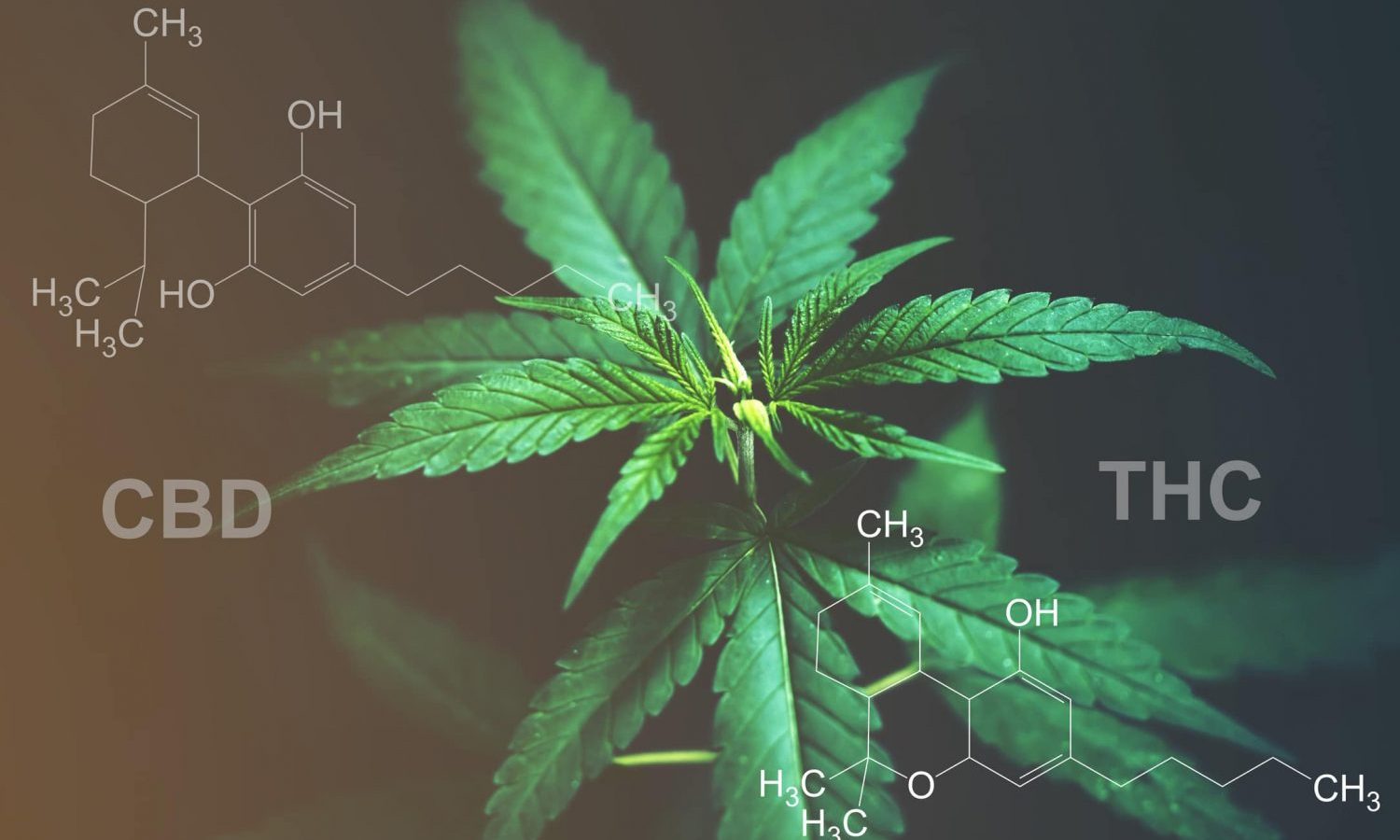
If THC percentage doesn’t matter, why not just smoke CBD?
Through
A recent Forbes article suggested that THC percentage is the cannabis industry’s biggest lie. Admittedly, the industry is polarized on this topic, which unfortunately has a major impact on the product that ends up on pharmacy shelves.
A dispensary owner recently told me, “The rush for THC numbers is so great that some consumers won’t buy anything with less than 30% THC. We have to sell what the market demands and not what we think is right.”
First things first, Delta-9-THC is the chemical that gives cannabis that typical euphoric feeling. A few other intoxicating cannabinoids such as Delta-8 and Delta-10 have emerged recently, but they are found in tiny amounts in cannabis. Therefore, THC is the main intoxicating cannabinoid sought after for that extra cerebral buzz.
Of course, THC has therapeutic benefits that rival those of the model cannabinoid CBD, which is psychoactive but totally non-intoxicating. However, THC excels with its intoxicating benefits, hyped to fuel creativity and culminating in boundless laughter. For recreational users, that should be the it factor, right?
Is THC Percentage the “It Factor” for Dope Cannabis?
Hailed as one of the cannabis greats, Tommy Chong doesn’t seem to think so. A few other legends, notably the proponents of the entourage effect, hold a similar belief. And so is the aforementioned Forbes article suggesting that THC numbers are a scam after all.
If it’s true that THC doesn’t matter, why don’t we go ahead and smoke CBD bud and get high?
It’s all in the terpenes.
Tommy Chong/Photo via MyCannabis.com
Entourage Effects: Terpenes via THC
The entourage effect is a term coined in 1998 by two of the founding fathers of cannabis, Raphael Mechoulam and Shimon Ben-Shabat. It is believed that adding terpenes to cannabinoids such as THC or CBD both enhances and prolongs the resulting effect in a way that “the whole is greater than the sum of the parts”. Hence the argument that when it comes to the potency of a strain, terpenes need to be considered and not just THC alone.
RELATED: Why men and women respond differently to cannabis
Some of the most potent cannabis strains have THC levels in their teens (no more than 20). But unfortunately they fall out of favor as the market includes strains that are tested over 30%.
In order to create products popular with this market trend, unscrupulous manufacturers are pumping up THC numbers. As a result, there have been reports of consumers who “feel nothing” after consuming “potent” cannabis strains labeled as having over 35% THC. This creates a lot of confusion in the market.
Terpene profile over potency
When purchasing a cannabis product, the terpene and cannabinoid profile should take precedence over the THC percentage alone. In Nevada, for example, it’s now mandatory for producers to list the top three terpenes in each product. This information should inform the consumer of what effects to expect from each strain.
Science has now shown that CBD can offset some of the negative effects of THC, allowing the user to enjoy the best of both worlds through the entourage mechanism. Some consumers have found that THC with CBD (at over 10% each) can be a powerful combination for both medicinal and recreational use. Gradually, we expect consumers to become increasingly sensitized to the “truth in terpene profiles and lies in THC counts”.
 Photo by anankkml/Getty Images
Photo by anankkml/Getty Images
RELATED: Yes, CBD is psychoactive — here’s why
This should lead to the discovery of the most effective cannabinoid and terpene combinations for specific medicinal or recreational goals. It should also herald the end of the 40% THC rush.
In the meantime, should we smoke CBD because THC doesn’t matter?
Not at all. While THC is important in a strain, it’s not everything. For recreational use, some legends swear by the 15% mark when trying to achieve a high. Anything below that might as well be considered hemp. Increasing THC above this level for stronger effects could also be a gamble. It’s the terpenes that add the extra chutzpah. But well, more science is needed to back up these claims.

Post a comment: